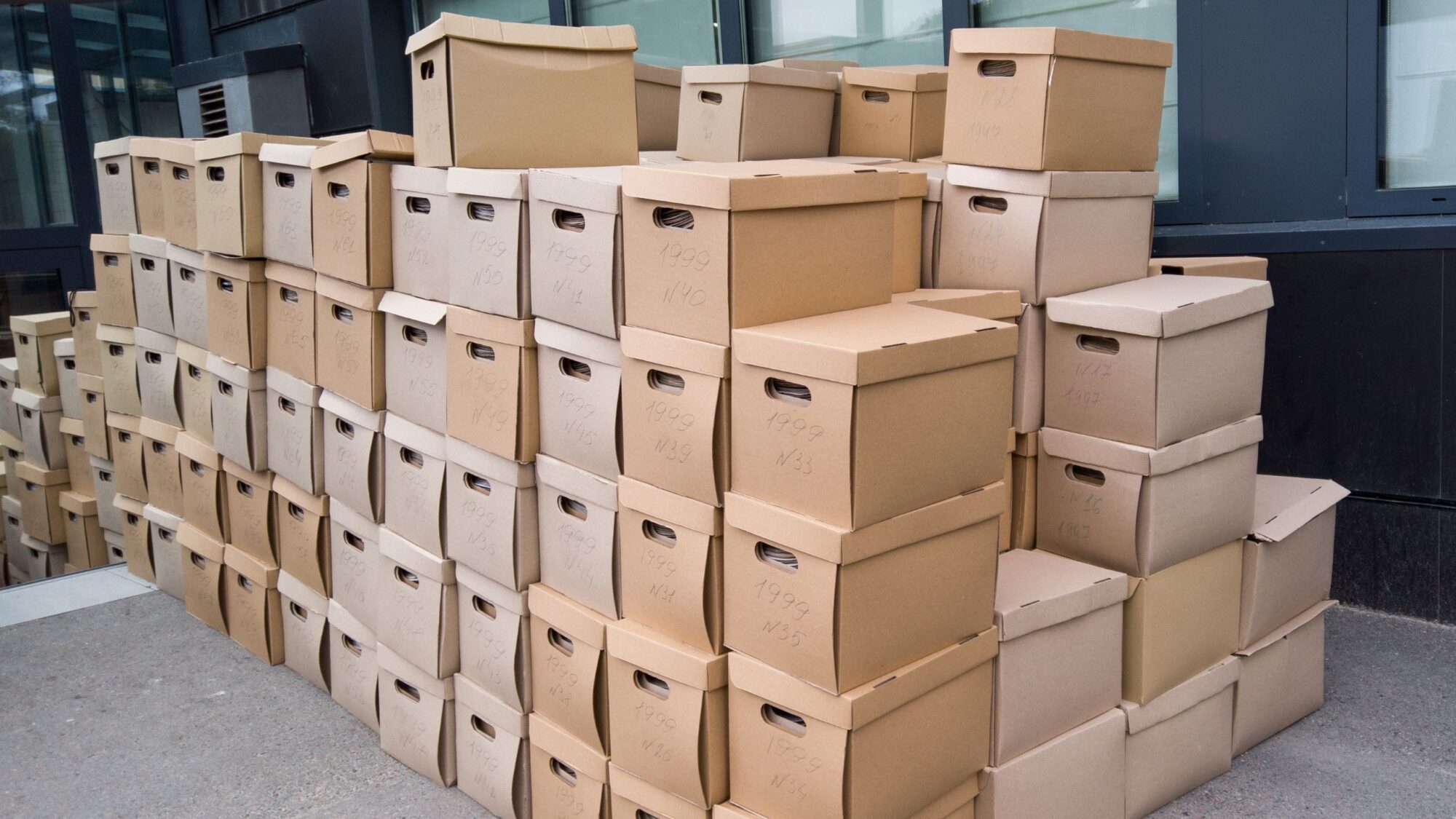Properly caring for clients has always been a priority in your work, and even though your business is closing, you want to ensure that they continue to receive the care they deserve in the future. This is an important and personal reason why preserving records from your closed business is crucial. Additionally, it’s important for historical and legal reasons. To protect and preserve your clients’ records after your business has closed, here’s a comprehensive strategy to assist with proper records management.
1. Catalog and Classify
Begin by conducting a thorough inventory of all existing records, including financial documents, legal files, employee records, and correspondence. It is essential to sort these records into categories to facilitate easier management and retrieval in the future. Common categories include:
- Financial: Invoices, receipts, financial statements, and tax records.
- Legal: Contracts, agreements, and legal correspondence.
- Employee: Personnel files, payroll records, and benefit information.
- Operational: Business plans, meeting minutes, and internal memos.
- Historical: Photographs, awards, and significant business milestones.
2. Compliance
Ensure you are familiar with state and federal retention regulations, which encompass tax laws, labor laws, and regulations specific to your business. Compliance is crucial to avoid legal complications. It is advisable to seek professional legal and accounting advice to assist in this process, ensuring that all records are retained in accordance with applicable laws and regulations.
3. Storage Solutions
Proper storage of records is vital for their preservation. Consider the following:
Physical Records
- Purge records that are redundant or outdated before archiving them.
- Use archival boxes and file folders designed for long-term storage.
- Store records in a climate-controlled environment to prevent damage or deterioration.
- Partner with a storage facility that offers sufficient security and protection from unauthorized access, fire, water, and rodent damage.
Digital Records
- Convert physical records into digital formats using high-resolution scanning. Ensure files are saved in stable, widely used formats.
- Implement a robust backup strategy with multiple copies stored in different locations, including cloud storage solutions for added redundancy and security.
- Establish access restrictions for digital records, ensuring that only authorized personnel can access them. Implement proper authentication measures to safeguard these records.
4. Retention
Implement a document retention schedule that defines how long each type of record should be retained based on legal requirements and business needs. Regularly review and update the retention policy to comply with changes in privacy laws and business practices. This schedule should be clear and accessible to all employees involved in records management.
5. Destruction
Develop procedures for the secure destruction of records that are no longer needed or have reached the end of their retention period. This may involve:
Physical Records
Shredding documents to ensure they cannot be reconstructed.
Digital Records
Securely deleting files past their retention period, ensuring they are permanently removed from all storage locations.
Maintain records of what has been destroyed, including dates and methods, to keep an audit trail. Using a professional destruction service that provides a Certificate of Destruction is recommended for added assurance.
6. Historical Preservation
Some records may have historical significance or cultural value. These should be preserved with special care. Consider donating historically significant records to historical societies or archives if permitted. Create an archive for these records and store them in an environmentally controlled facility, ensuring they remain accessible for research or reference purposes.
7. Monitoring and Maintenance
Conduct periodic audits to ensure records are being properly managed and that preservation practices are being followed. Regular monitoring helps identify and address any issues promptly, ensuring ongoing compliance with records management policies.
8. Disaster Recovery Plan
Maintain a disaster recovery plan for both physical and digital records. This plan should include strategies for dealing with natural disasters, data breaches, and other emergencies. Ensure that backups are regularly updated and stored in secure, offsite locations to facilitate quick recovery in case of an emergency.
9. Consider a Records Custodian
Closing your business is a significant transition, and preserving clients’ records is a major undertaking. Engaging a professional records custodial service can be a valuable investment. These services assist in the process of collecting, transferring, and managing records after your business has closed. Cariend has extensive experience in preserving and managing business information records. To inquire about our services or to get started, call us at 855-516-0612 or complete our contact form.










